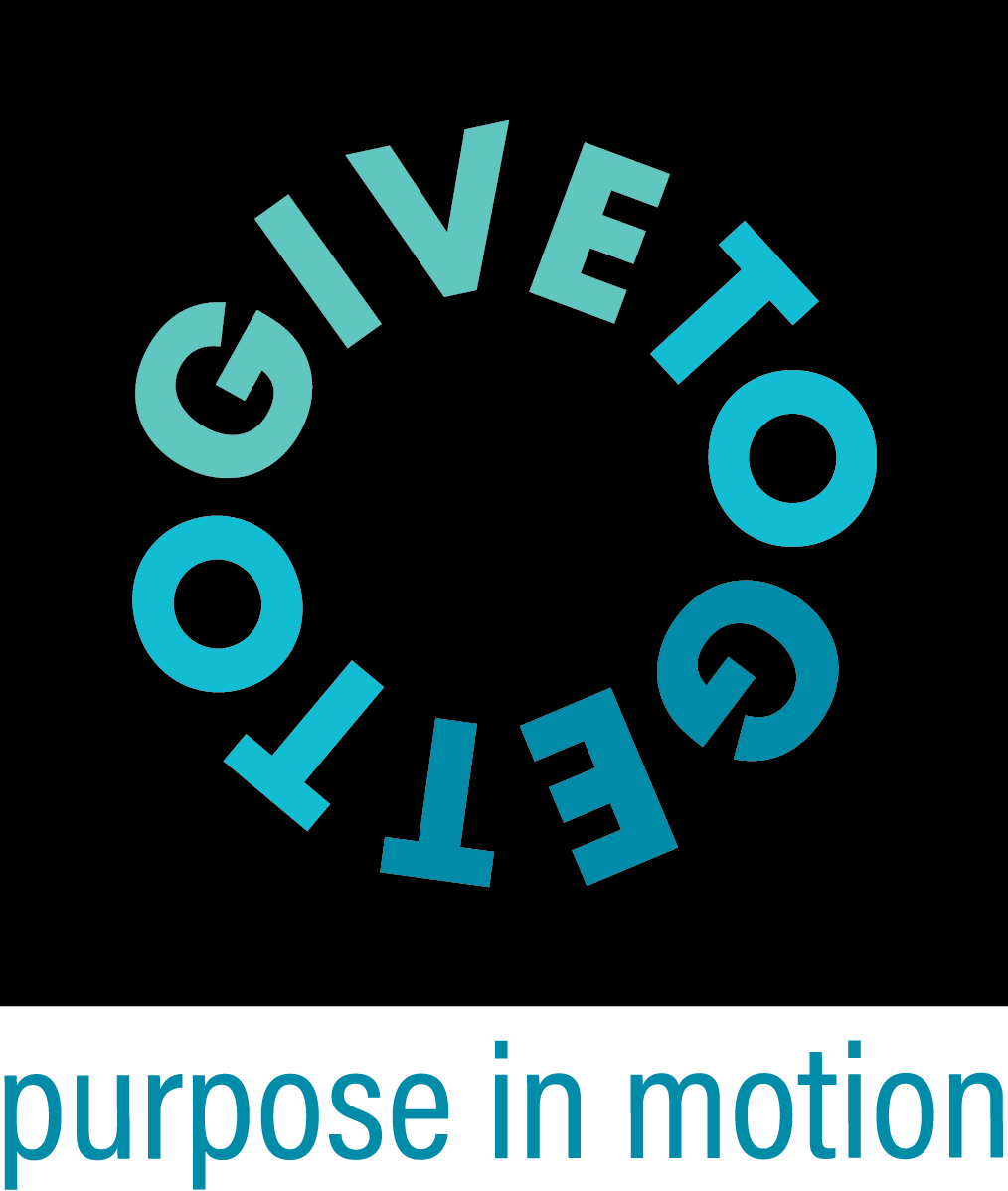How is Software Changing the Social Impact Space?
Photo by Christina @ wocintechchat.com on Unsplash.
Since the onset of the pandemic, the social impact space has boomed.
In March 2020, corporations quickly realized that long-term shutdowns would be bad for business, and it would be impossible to eliminate COVID-19 without their assistance. They pivoted to make hand sanitizer or masks. They donated devices to children learning remotely. They also made monetary donations to local nonprofits that supported hungry neighbors, healthcare workers, and others.
These actions forced employees and consumers to ask, “If it’s possible for my employer or favorite brand to do so much in the face of extreme situations, what has kept them from giving back before?”
And, corporate executives are listening, with the realization that the biggest macro risks (and opportunities) they face are social and environmental driven. Eighty-eight percent of executives believe that now, more than ever before, companies must lead with Purpose. The same study found that 89% of executives believe that companies that lead with Purpose have a competitive advantage in today’s market.
Now, the question becomes, how will large, 100-year-old brands that are set in their ways catch up with their stakeholders’ expectations?
Simple. Technology. Or, if we’re to be specific, Social Impact Software.
Some platforms, like America’s Charities, have been in existence for more than 40 years providing employee-based solutions like Workplace Giving, Matching Gifts, and Employee Volunteering initiatives.
These programs allow employees to donate directly to company-approved nonprofits and, when applicable, ensure the company provides a monetary match. Volunteering initiatives on the other hand allow employees to create volunteer events for their colleagues to participate in and log their hours. Companies can also provide monetary donations to the nonprofit for hours volunteered, through a program often called “Dollars for Doers”.
Over time, however, these technologies have evolved and become more specialized. Some, for example, allow companies to host employee giving campaigns in response to natural disasters. Instead of relying on computer access, these can be text-to-donate campaigns. Platforms have also evolved to support employees who are experiencing personal hardships.
Other technologies, like Pledge, give individuals the ability to donate throughout livestreamed video events and support nonprofits around the world through innovative fundraising solutions.
But how good is giving back for your bottom line? Private Equity firms are becoming increasingly focused on portfolio companies’ sustainability and social impact metrics, especially as they near exits. Today 1 out of every 3 dollars that is professionally managed in the United States is in Sustainable Strategies (US SIF Foundation 2020). This is one factor that leads to higher multiples for firms that have top Environmental, Social, and Governance (ESG) scores. A Morningstar study showed that at the end of 2017, 40% of sustainable funds had 4 or 5 star ratings. Additionally, from 2015-2017, managers who considered sustainability in their investment process outperformed their Morningstar category by 57%, 55%, and 54%, respectively.
As ESG ratings systems have evolved, however, we no longer need one-off studies to determine these metrics’ importance or how companies rank when compared to others.
In fact, there are now ranking systems that dig deeper into various parts of the ESG equation.
· The Human Rights Campaign Foundation’s Corporate Equality Index is the national benchmarking tool on corporate policies, practices, and benefits pertinent to LBGTQIA+ employees.
· 15Rock has the most advanced Carbon risk platform in the world and ties this insight to financial outcome.
· IFG shows the benefits of having the best governance practices in various verticals.
And, just recently, the Give To Get team has launched SocialMarks, the only action-based metric for benchmarking the “S” in ESG investments. Based on our 30 years of experience in the market, we look at how companies are making decisions and performing towards social impact. We then map those results to their competition. SocialMarks has three components — People, Brand, and Community — with clear definitions. SocialMarks data delivered as an impact software service allows us to provide benchmarks and analytics against the most relevant competitive set — giving corporate leadership a mission critical tool to improve impact, brand, overall ESG rankings, and stakeholder value.
Where will the space go next? It’s uncertain. However, if we look at how software has transformed similar spaces like client relationship management or even marketing; it’s easy to see this becoming a multi-billion dollar industry in several years — especially when you combine the collection of data and insights and the action needed to address them. Seems simple, right?
Not so fast. According to a recent McKinsey study, 71% of people prefer buying from companies aligned with their values. Eighty-two percent of employees want to work for companies that share their values. Yet, only 10% of companies have an action plan to promote their purpose.
With more than 25 years in the purpose space, Give To Get has products, like SocialMarks, that provide the data that you need and the team available to help you put your purpose in motion. If you’re one of the 90% of companies that don’t have an action plan to promote your purpose, our strategists and experiential teams can create overall roadmaps as well as consumer- and employee-facing volunteer events.

